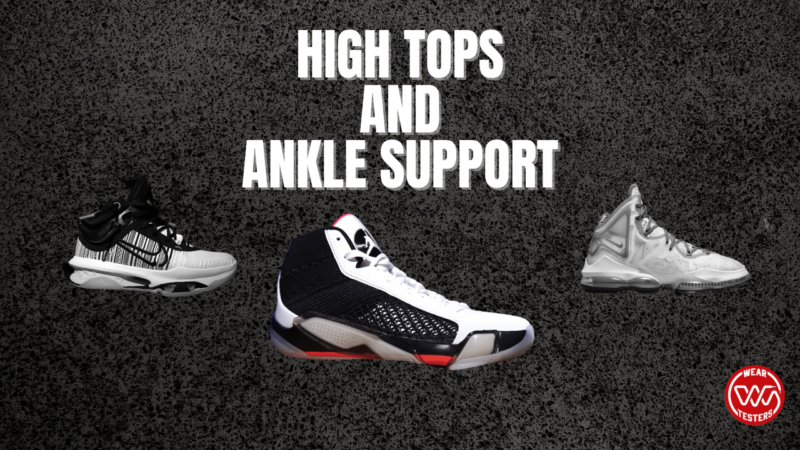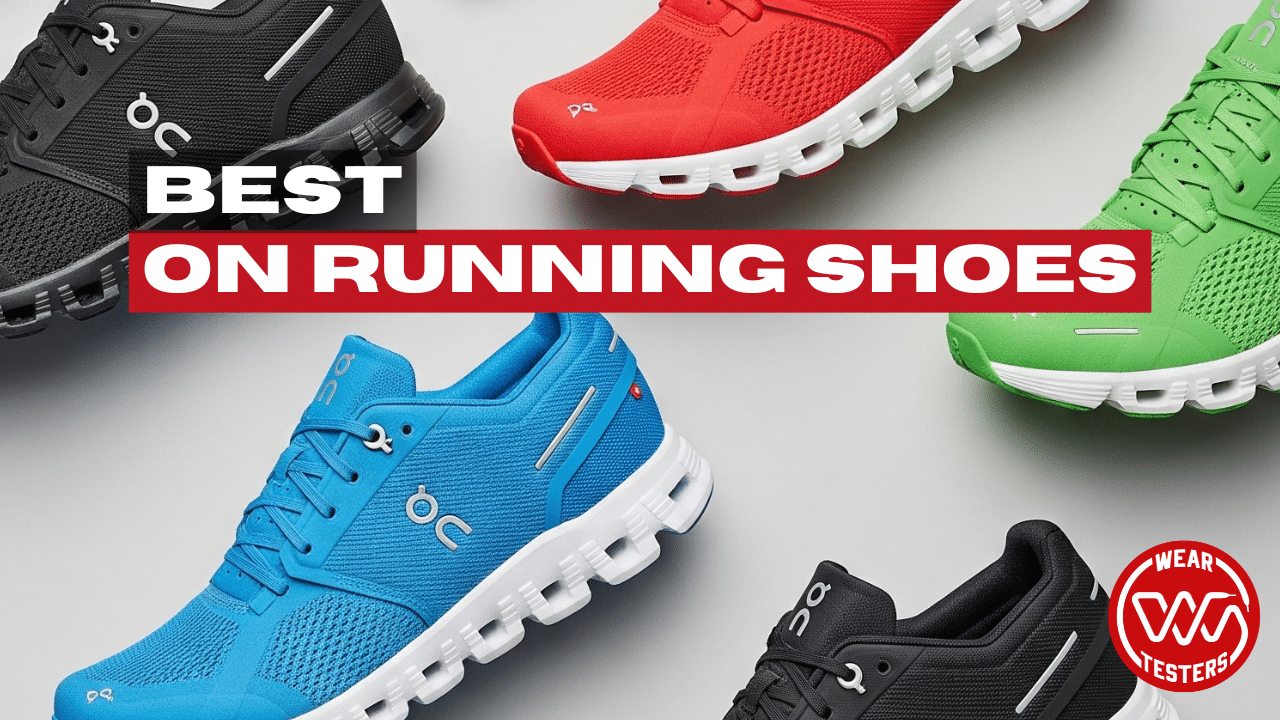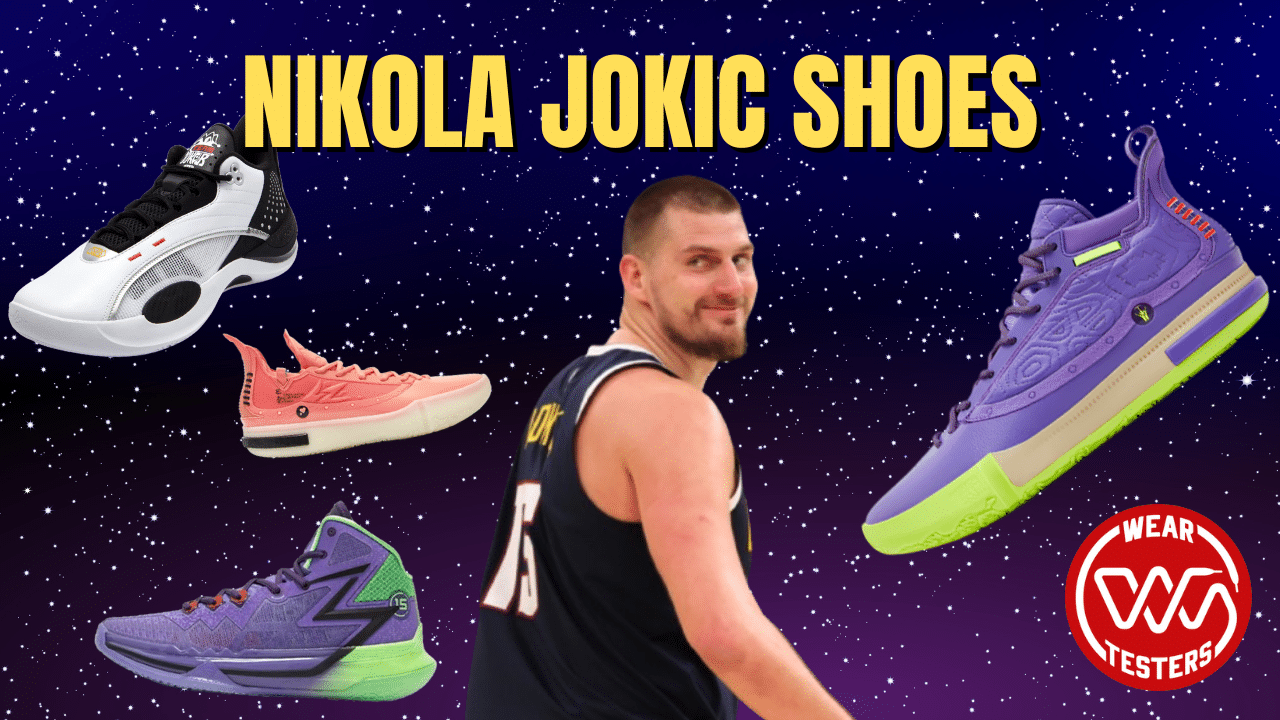People typically associate high top basketball shoes and ankle support, but sport performance sneakers come in an endless variety of silhouettes. The most striking variations appear in the ankle height and collar. Look at the difference in shape between the Puma Clyde All-Pro and the Lebron 19. These design choices are very intentional, and some would say they serve an essential purpose.
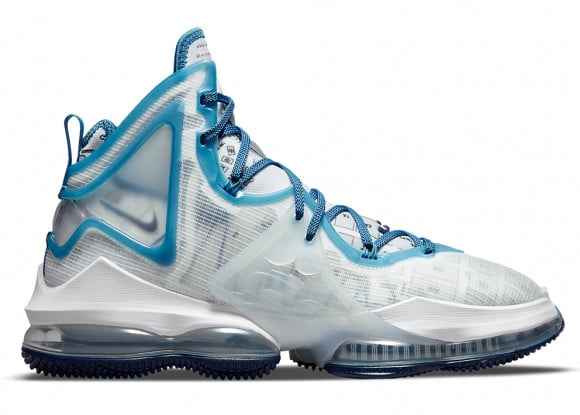
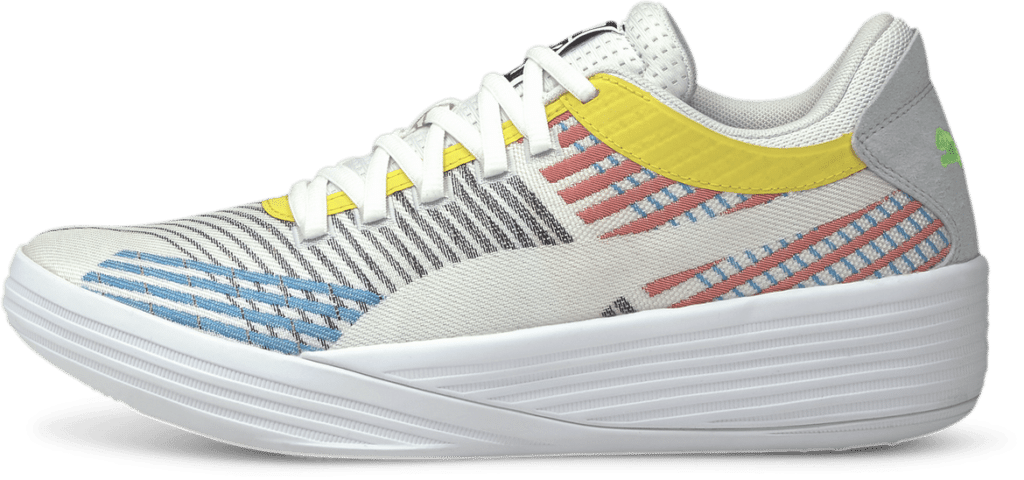
Whether through marketing or supposed common sense, high top sneakers have been the answer for ankle protection since the mid-1900s. If you are playing basketball or volleyball and don’t want an ankle sprain, you wear high top shoes. Product descriptions for high tops boast ankle support and stabilization, but are these claims valid? Do high top sneakers protect your ankles from sprains?
This article will discuss if high tops add any significant ankle protection and look at a few peer-reviewed studies that have investigated this myth. This page will answer once and for all the age-old question: Do high top shoes prevent ankle sprains?
Why are high top basketball shoes and ankle support not related?
The initial idea that high tops would protect your ankles is logical, so let’s quickly reason why this isn’t true. The two key factors that prevent it from being feasible are:
- Material Strength
- Leg Anatomy and Structure
1: Material Strength
The ankle collar of a shoe is not strong enough to provide any additional support or stabilization for the ankle joint. When you’re running or jumping, the forces and torques on your ankle are (relatively) immense. Ankle sprains happen when your foot rolls underneath your body weight.
This means that instead of the bones of your foot and ankle supporting you, all of that force is put into stretching (and tearing) the muscles and ligaments attaching your leg to your foot across the ankle joint. The magnitude of this force is at least your body weight, and probably more as you land or push off.
A few extra inches of a sneaker upper will not resist this force anywhere near enough to be effective. Braces and taping systems can only accomplish this by having excellent tensile strength and anchoring themselves above and below the joint in question.
2: Leg Anatomy and Structure
In a hypothetical world where high tops protect your ankles, you probably wouldn’t want them to. There’s no way to completely mitigate the force causing your ankle to roll. Once it’s started, that leg will feel that torque one way or another.
That rotational force is transferred up your stiff tibia and fibula and into your knee joint if your ankle doesn’t roll. Ankle sprains are bad, but (in most cases) knee sprains and ligament tears are worse. Knee sprains are also why many experts don’t like rigid ankle braces such as Active Ankles. There are exceptions, of course, such as post ankle sprain usage.
We don’t have to go by this logic alone, though. Over the last 40 years, many studies have all come to these same conclusions.
The Science Behind High Top Basketball Shoes
Dozens of academic, peer-reviewed studies have been done since the dawn of the high top sneaker, and they all have very similar findings. I will concisely share their conclusions here, with citations, and all of the studies will be linked at the bottom of this page.
- No significant difference in plantar-flexion or impact force when performing cutting movements between high tops, low tops, and low tops with a brace. “Findings indicate the potential for using low-cut running shoes for recreational basketball without an increased injury risk.”[1]
- 622 collegiate recreational players were given high top, high top with air chambers, or low top shoes for a full basketball season. 15 ankle injuries occurred over 39,302 minutes of player-time: 7 in high tops, 4 in high tops with air chambers, and 4 in low tops. “There was no significant difference among these 3 groups, leading to the conclusion that there is no strong relationship between shoe type and ankle sprains.”[2]
- 13 students were given either high or low top shoes and were studied landing on 4 types of surfaces with various conditions. “No significant differences were observed between the various types of shoes…” but they actually found that high-tops could delay the timing of key stabilizer muscles in your ankle. “These findings provide preliminary evidence suggesting that wearing high-top shoes can, in certain conditions, induce a delayed pre-activation timing and decreased amplitude of evertor muscle activity, and may therefore have a detrimental effect on establishing and maintaining functional ankle joint stability.”[3]
Other Considerations
Sometimes high tops can be restrictive even though they’re not protective. Aggressive lateral motions in basketball or the severe angle that your ankle takes in the penultimate step of a volleyball approach can require freedom of movement across the ankle joint. High tops won’t prevent this but can cause discomfort.
Especially in some shoes, such as the stiff, high collar on the Nike Kyrie 5 or the sharp tongue on the Nike Lebron 18, the high top can feel very restrictive. Additionally, some of the shared studies suggest they could cause a slight decrease in jump performance due to the hindered joint mobility. The researchers are not confident in this, though, and the differences were so subtle that it probably wouldn’t make any noticeable difference in your play.
How to Prevent Ankle Sprains
- Stability: The best way to prevent an ankle sprain is to stop your ankle from rolling in the first place. If you imagine your body weight as an arrow pointing perfectly down through your shin, it should always point through the bottom of your foot. As long as your body weight is going through the bottom of your feet, then all of the involved forces are properly distributed and your ankle won’t twist. Shoes assist with this by using outriggers (wide parts on the outsole) and by ensuring that their cushioning setups compress in an even and predictable way.
- Lockdown: If stability is the crumple zone and airbags in your car, then lockdown is the seatbelt. Basically, stability features won’t do you any good unless your foot is sitting where it’s supposed to inside of the shoe. Good lockdown keeps your foot held correctly against the insole and won’t let your foot slide over the edge of the shoe.
- Good traction: Traction is very straight forward. Unpredictable slipping in any sport is unsafe and can introduce weird and sudden torques to your ankle (and knees).
- Prehab: All of that other stuff was how your shoes can help. But the most important thing you can do to prevent ankle sprains is prehab (and rehab if you’ve already sprained yours). Prehab works to strengthen the muscles around the joint, which protect the ligaments and can prevent overstretching when things go wrong. These stronger ankle muscles also help to keep the joint stable to prevent the rolling in the first place.
Conclusion
The short answer to “do high tops prevent ankle sprains?” is no. After the rest of the article, the long answer: still no. High top basketball shoes and ankle support are not related. Does this mean you should only wear low tops? Maybe. High tops don’t protect your ankles, but they don’t hurt them either. The truth is that high vs. low doesn’t matter from an injury prevention perspective. It does matter for style and comfort. If you like how high tops look or feel on foot, then wear high tops. If you don’t, then wear low tops. Just know that your choice won’t affect your ankle health.
Citations
- [1] https://www.researchgate.net/publication/14831725_High-_versus_low-top_shoes_for_the_prevention_of_ankle_sprains_in_basketball_players_A_prospective_randomized_study
- [2] https://www.researchgate.net/publication/279231866_Understanding_the_Effect_of_High-Cut_Shoes_Running_Shoes_and_Prophylactic_Supports_on_Ankle_Stability_When_Performing_a_V-Cut_Movement
- [3] https://www.ncbi.nlm.nih.gov/pmc/articles/PMC3943374/

